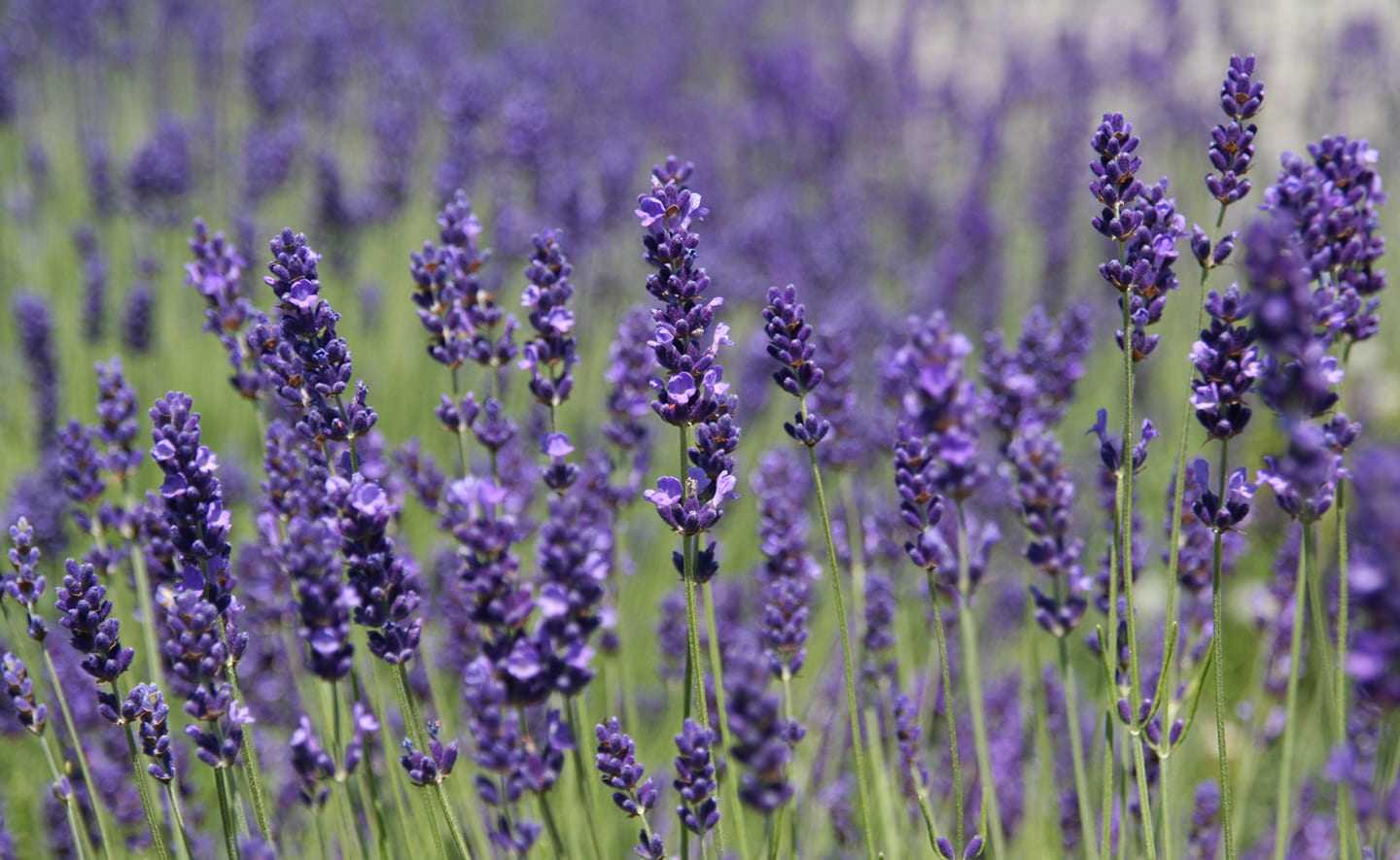UCI Podcast: Herb appeal
Professor Geoffrey Abbott discusses the molecular mechanism behind some botanical folk medicines

Chamomile is often regarded as being loaded with health benefits – a natural remedy for several ailments that may have been passed down for millennia. Archeological evidence suggests that our ancestors were using it and other herbs medicinally as many as 800,000 years ago. They’re usually “prescribed” by family elders rather than doctors, but emerging research is validating the effectiveness of healing herbs, particularly in lowering blood pressure.
In this podcast, we interview Geoffrey Abbott, a professor of physiology & biophysics in the UCI School of Medicine and senior author of a study on botanical folk medicines published recently in Proceedings of the National Academy of Sciences. The researchers tracked the relationship of the human KCNQ5 potassium channel – known for its regulation of vascular smooth muscle tone – to genetic and culturally diverse herbal remedies traditionally used to reduce blood pressure, such as lavender, fennel seed and chamomile. After carefully controlling for other variables, they were able to pinpoint the hypotensive (blood pressure-lowering) function of specific herbs down to a microscopic level. According to Abbott, the results not only confirmed that KCNQ5 is activated by hypotensive botanical medicines, but also demonstrated that this phenomenon is highly specific: The hypotensive herbs were the only plants in the study to activate KCNQ5, and they did not open other closely related potassium channels. The future of medicine may just rest in the molecular secrets of ancient cures.




